The three Navy SEAL astronauts you don’t know
- By Stavros Atlamazoglou
Share This Article
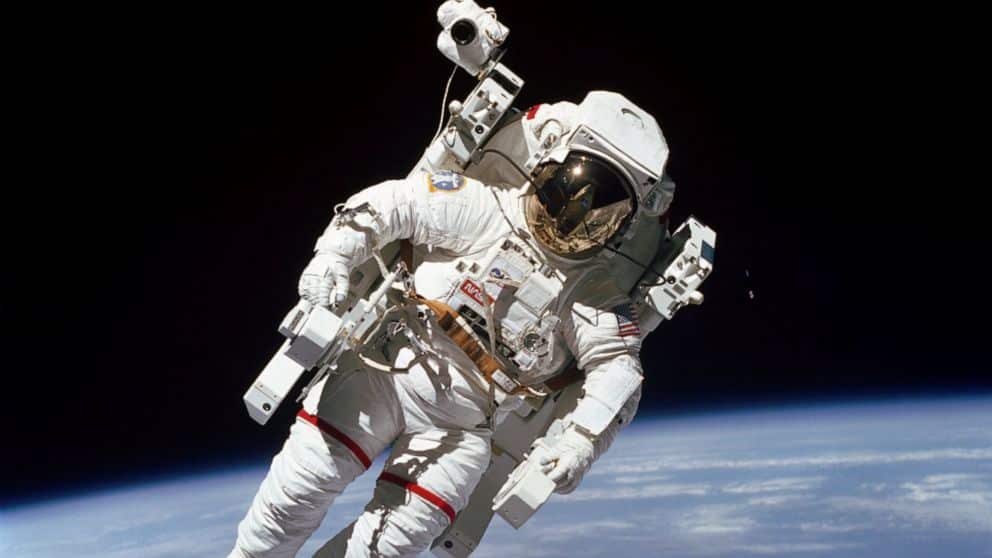
There have been three Navy SEAL astronauts to this day. Captain William Shepherd, Captain Chris Cassidy, and Lieutenant Johnny Kim.
In 2020, NASA’s recruitment call for astronauts attracted more than 12,000 applications, making it the second-largest group of applicants in the agency’s history, with the first one being the previous recruitment call in 2017, which attracted an astounding 18,300 applicants.
Despite the thousands of qualified applicants, NASA recruits barely a handful, usually between 6 to 12 people per class, and there are less than 50 astronauts in NASA’s active roster. Historically, NASA has recruited heavily from the military aviation community but in the last four decades, there has been a shift toward a more diverse pool of astronauts, which has included special operations troops.
The intellect, mental toughness, and flexibility necessary to thrive in the special operations community have translated into some exceptional NASA candidates.
The Navy SEAL community, in particular, is the most represented special operations tribe in NASA, with three Navy SEAL operators making the jump from frogman to astronaut.
First In: Captain William Shepherd
The first Navy SEAL to become an astronaut was Captain William Shepherd in 1984. At the time, NASA was diversifying its candidate astronaut program and had started recruiting non-aviators for the coveted spots. NASA began screening doctors, engineers, submariners, and scientists, among other military specialties and civilian professions, for its astronaut cadre. Shepherd thought that his experience in underwater operations would be a good practice for wearing a space suit.
Navy SEALs specialize in underwater special operations and thus spend significant time underwater. The second phase, or Dive Phase, of the Basic Underwater Demolition SEAL (BUD/S) training, is dedicated to underwater operations, so SEAL candidates get a lot of time underwater and then continue to receive additional, more advanced training once in a SEAL platoon.
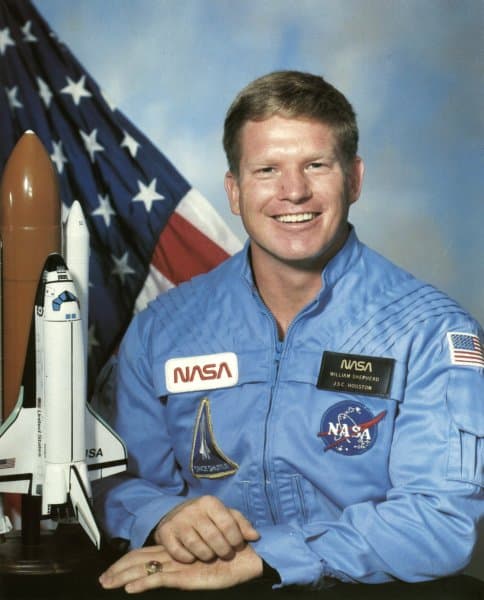
Related: THE CLANDESTINE INFLITRATION METHOD OF SEAL TEAM 6
Shepherd’s naval career began in 1971 when he graduated from the Naval Academy with a degree in aerospace engineering. He completed Basic Underwater Demolition SEAL training (BUD/S) a year later and was initially assigned to Underwater Demolition Team 11 and then to SEAL Team One, SEAL Team Two, and Special Boat Unit 20. After 12 years in the Naval Special Warfare community, Shepherd applied to and was selected for NASA’s astronaut program, becoming the first non-aviator military astronaut.
After a long selection and training process that took four years, Shepherd went into space with Space Transportation System (STS) 27 from the John F. Kennedy Space Center, Cape Canaveral, in 1988. Shepherd subsequently completed more space trips, culminating with his command of the International Space Station (ISS) in 2000. He spent 159 days in space and is the recipient of the Congressional Space Medal of Honor.
Related: WHAT IT TAKES TO EARN THE MEDAL OF HONOR
“We are now at a crossroads, deciding whether we are bound to inhabit only the Earth, or if humans are to live and work far from the home planet. Let us continue now with new explorations which are more expansive and more bold [sic]; voyages which will define us as a space-faring civilization,” the retired SEAL officer said in 2020 during the 5th anniversary of the International Space Station.
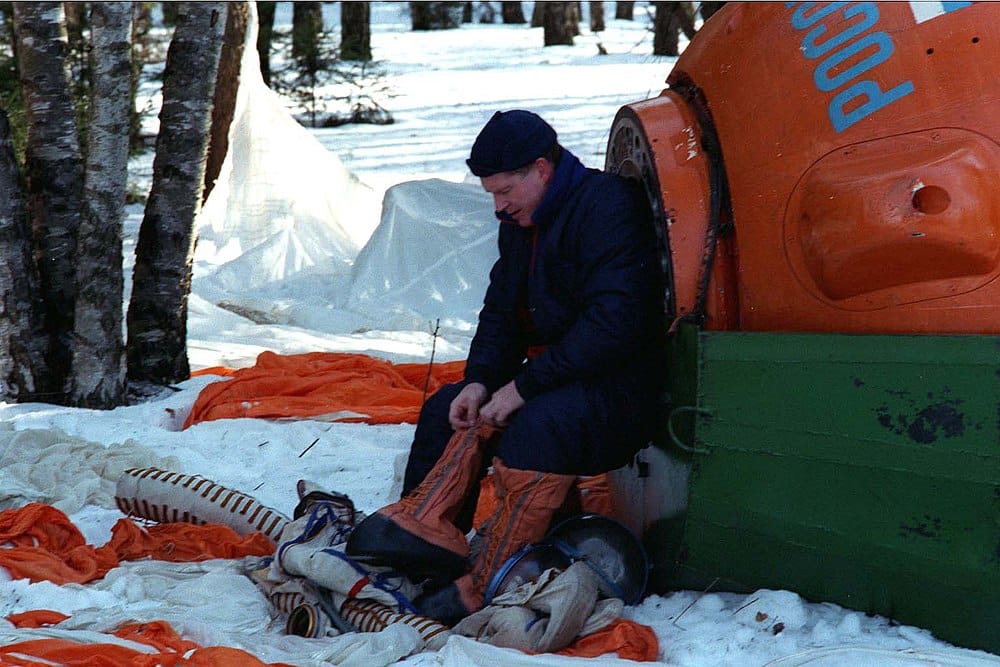
Shepherd’s combat diver training came in handy unexpectedly during one of the worst catastrophes in NASA’s 60+ year history. In 1986, the Space Shuttle Challenger exploded 73 seconds after launch, killing all seven crewmembers. The debris fell into the water, and Shepherd took part in the salvage efforts.
Shepherd also has a master’s degree in Ocean and Mechanical Engineering from the Massachusetts Institute of Technology.
Hunting Al-Qaida before going to Space: Captain Chris Cassidy
Cassidy graduated from the Naval Academy with a degree in Mathematics in 1993. He then went on to BUD/S, which he successfully completed, graduating with class 192 as the honor man. Cassidy was first assigned to SEAL Team Three, with which he deployed to Afghanistan a few weeks after the terrorist attacks of 9/11, hunting down al-Qaeda terrorists and supporting a Joint Special Operations Command (JSOC) task force.
Cassidy later deployed to the Arabian Gulf, where he led Visit, Board, Search, and Seizure (VBSS) operations against suspect vessels. Consequently, Cassidy was assigned to SEAL Delivery Vehicle Team Two (SDVT-2), where he specialized in underwater special operations. Cassidy also commanded Special Boat Team 20.

Cassidy completed two combat deployments to Afghanistan and was awarded the Bronze Star with Valor, among other medals.
Related: HOW TO DO PULL-UPS LIKE A NAVY SEAL
In 2004, Cassidy decided to reach for the stars and applied to NASA. He was selected, and two years later he completed Astronaut Candidate (ASCAN) training. The SEAL officer went to space three times, serving in successively more important roles and completing ten spacewalks, spending almost 60 hours outside the safety of the space station; Cassidy also has 378 total accumulated days in space.
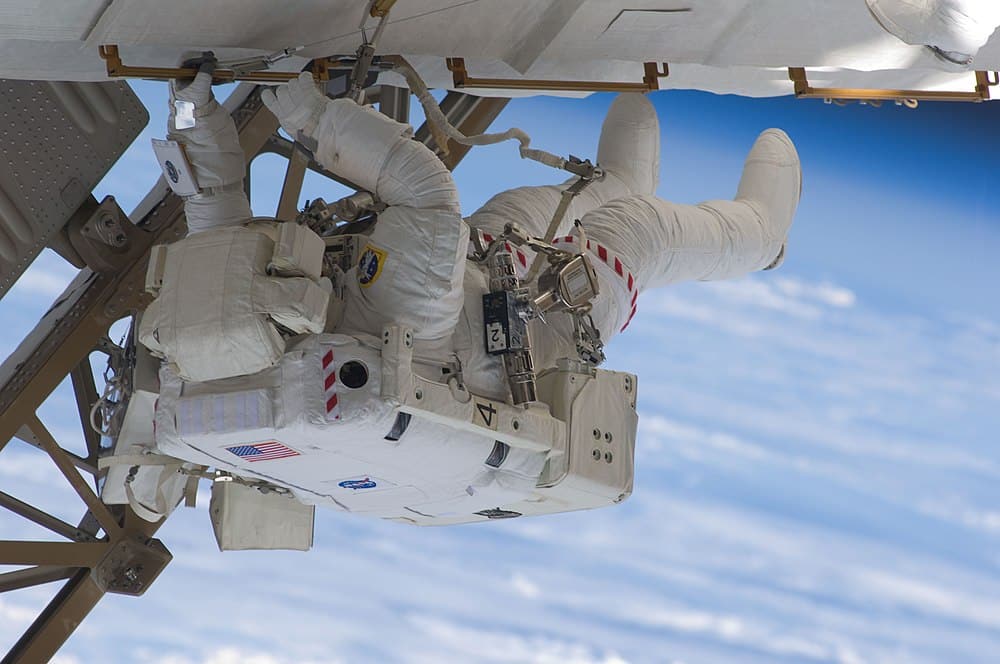
In 2015, Cassidy reached the top of his space game when he became NASA’s 14th Chief Astronaut. In that role, Cassidy was responsible for all flight assignments, mission preparations, future launches, and on-orbit support for American astronauts in space
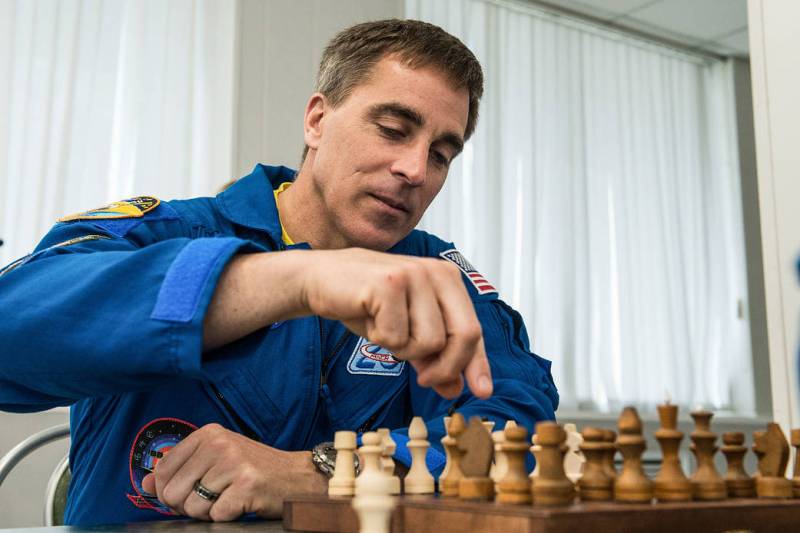
“In my experience with the SEAL teams and with going through BUD/S, it’s given me the confidence to know I can accomplish anything that I want,” Cassidy had said in an interview with U.S. Navy SEAL & SWCC Recruiting Page.
“If you look at SEALs after their life in the teams, you’ll find people in all different sectors of industry doing all types of things. I personally always had an interest in astronauts, and I followed Capt. Shepherd’s career and was inspired by him to be an astronaut.”
From the Alleys of Ramadi to Space: Lieutenant Jonny Kim
Kim enlisted in the Navy straight out of high school. He tried for and completed Basic Underwater Demolition/SEAL (BUD/S) training and the SEAL Qualification Training (SQT) course and was assigned to SEAL Team Three. He also graduated from the intellectually demanding Special Operations Combat Medic (SOCM) course, where the special operations community sends operators to become some of the best medics in the world.
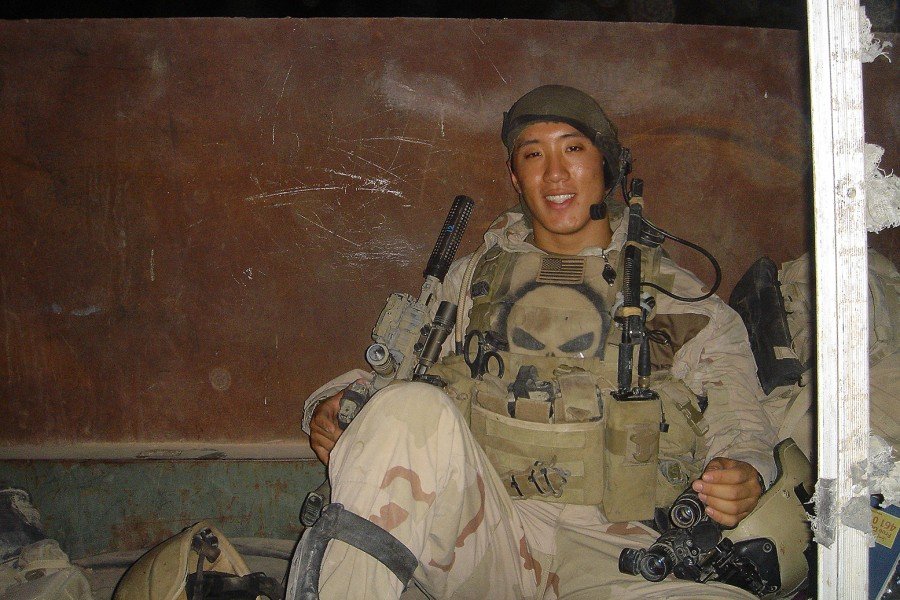
He deployed to Iraq twice and saw action in the brutal fighting in Ramadi and Sadr City, completing over 100 combat missions as a pointman, medic, and sniper. For his actions, Kim received the Silver Star and Bronze Stars, both with Valor device, respectively the third- and fourth-highest awards for bravery under fire, and for his medical skills in combat, Kim was selected as the Naval Special Warfare Medic of the Year.
“Don’t let that hunger for the unknown go away,” said Kim. “That curiosity is so important, so you should maintain that passion for what you do. Never in a million years would I have thought I could have been an astronaut candidate. I didn’t have the confidence from my childhood, but dreams are possible and all good things in life are hard to get, so persevere and don’t give up!”
Sandboxx News interviewed Jonny Kim about his experiences as a SEAL and new astronaut last year. You can read the interview in full here.

Kim then opted to commission and go to medical school, for which he was selected by Harvard University. In 2017, Kim applied to and was selected by NASA as a candidate astronaut. In 2020, he graduated from the course and became a fully qualified astronaut. Kim is currently waiting for a flight assignment while performing technical duties in the Astronaut Office.
The example of the these three Navy SEAL astronauts is sure to inspire other special operations troops to pursue a career at NASA but also motivate young Americans to join the service.
Read More from Sandboxx News:
Related Posts
Sandboxx News Merch
-

A-10 ‘Thunderbolt Power’ Framed Poster
$45.00 – $111.00 Select options This product has multiple variants. The options may be chosen on the product page -

‘Kinetic Diplomacy’ Coaster (1)
$7.00 Add to cart -
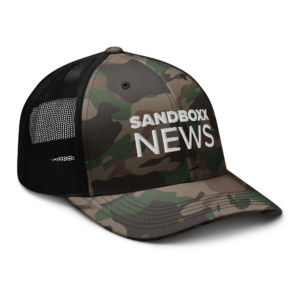
‘Sandboxx News’ Camo Trucker Hat
$29.00 Select options This product has multiple variants. The options may be chosen on the product page
Stavros Atlamazoglou
Greek Army veteran (National service with 575th Marines Battalion and Army HQ). Johns Hopkins University. You will usually find him on the top of a mountain admiring the view and wondering how he got there.
Related to: Military Affairs

The B-2 Spirit is aging but still packs a bunch
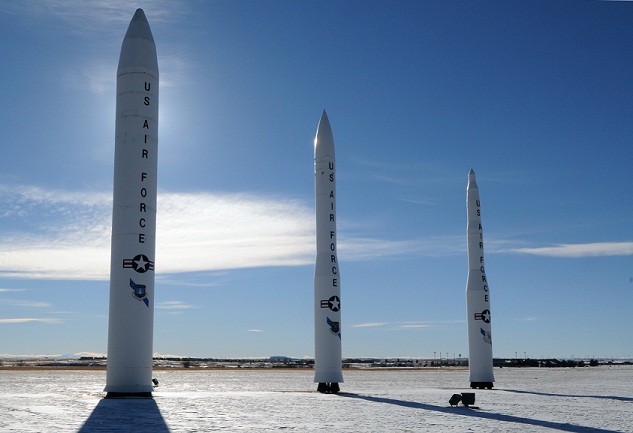
How large are the nuclear arsenals of Russia and China compared to those of the US and its allies?
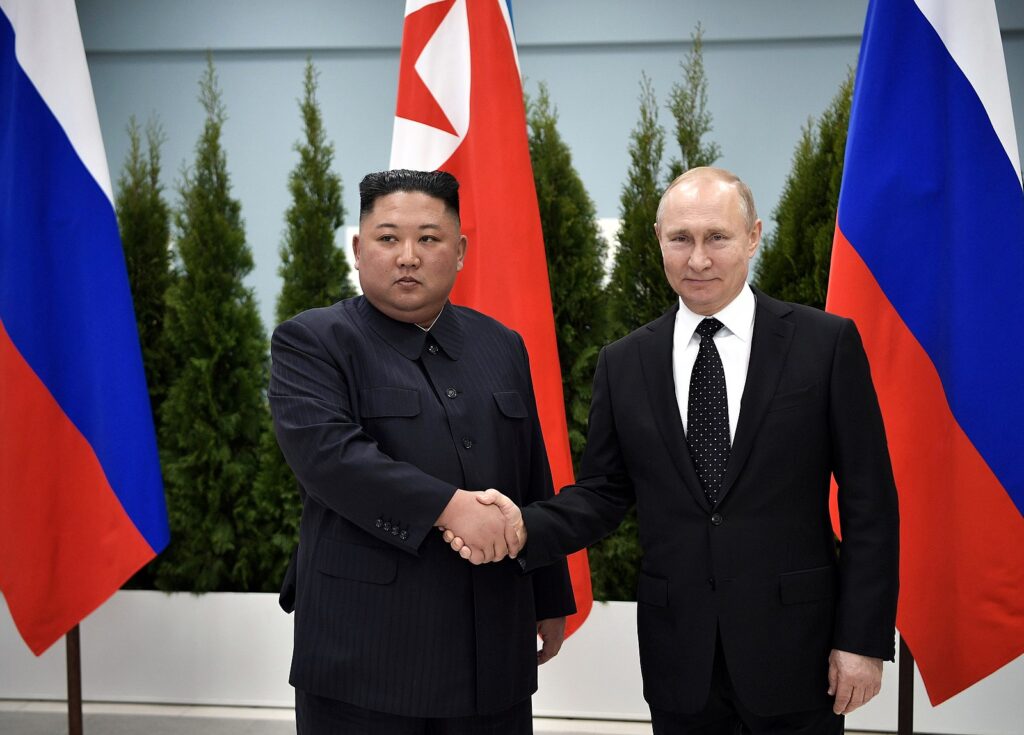
50,000 Russian and North Korean troops prepare to attack Ukrainian forces in Kursk
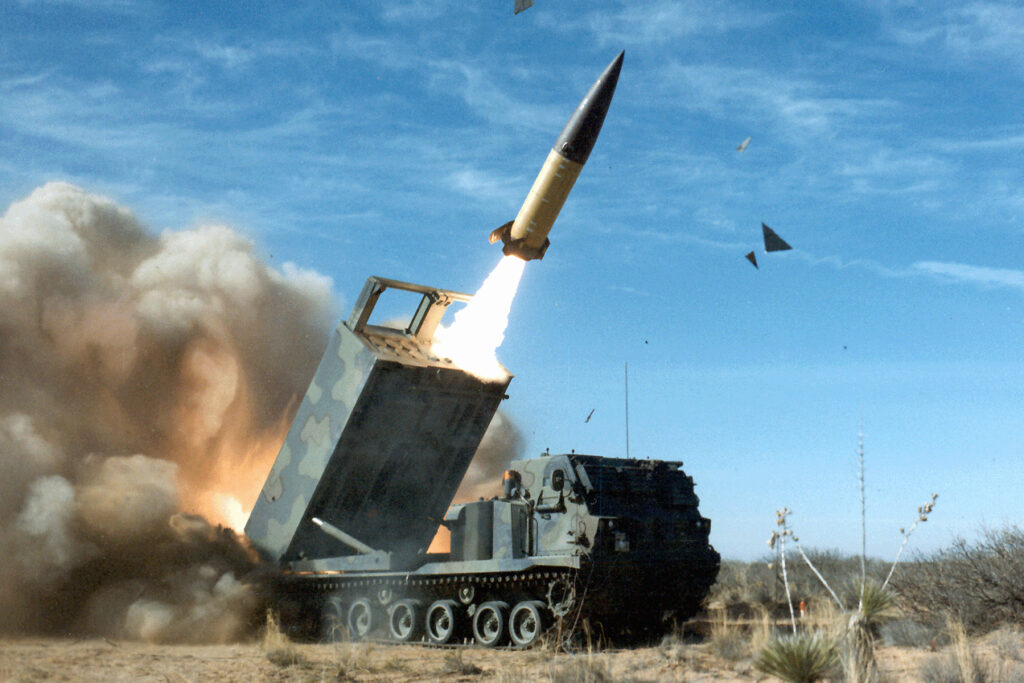
What damage can Ukraine inflict on Russia using its long-range Western weapons?
Sandboxx News
-

‘Sandboxx News’ Trucker Cap
$27.00 Select options This product has multiple variants. The options may be chosen on the product page -

‘AirPower’ Classic Hoodie
$46.00 – $48.00 Select options This product has multiple variants. The options may be chosen on the product page -

‘AirPower’ Golf Rope Hat
$31.00 Select options This product has multiple variants. The options may be chosen on the product page -

‘Sandboxx News’ Dad Hat
$27.00 Select options This product has multiple variants. The options may be chosen on the product page
